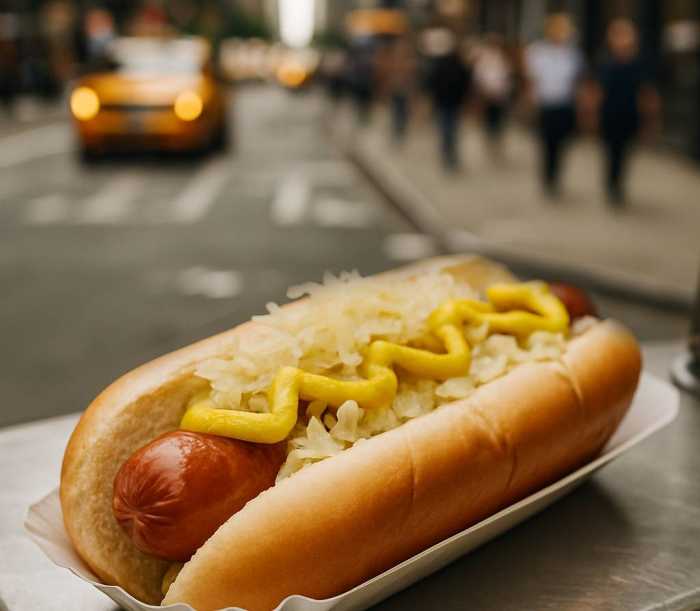The white-lined baseball diamond was painted with the home plate and batter’s box nearest the boardwalk entrance to Beach 35th Street. Fanning out into the soon to be packed beach parking lot, my earliest memories of watching my dad play morning softball during a Rockaway beach summer were at this makeshift field.
I sat as a 5- and 6-year-old silently in awe of the 20 to 30-year old men as they struck the “clincher” brand softball and sped around the painted base paths. Back in 1961, several of those men would stand in the batter’s box with a lit cigarette dangling from their lips and throw it away as they hit the ball and ran towards first base.
Two seven-inning long games would be too much for a 6-year-old to endure without a viable distraction. I would follow along with the slightly older kids as we’d collect empty soda bottles from beneath the cool sand under the boardwalk and the surrounding area. Soda and beer bottles discarded from the prior evenings frivolity waiting to be reclaimed and turned into the soda, candy and hot dogs from the stand that sat at the entrance to the boardwalk.
Collecting the tossed away bottles and returning them to the refreshment stand earned the returnee a two cents (per bottle) refund (finder’s fee in our case), for helping keep the beach clean. The 1960s version of recycling and environmental consciousness.
The pennies, nickels and dimes that became the reward for the bottle returns were placed in a familial change jar that stood on the kitchen counter of our railroad flat style bungalow. The other remnants of the discarded bottles were the bottle tops which we kept to play “skully.” The editorial limitations of my column negate my ability to detail the strategy of skully, sorry.
Approximately three times during the summer, my mom, dad and I would sit around the formica kitchen table and roll into tight paper tubes the coins that were collected into the kitchen coin jar. Pennies in one tube, nickels in another and dimes all alike in their own rolled tubes. Quarters then were too much a part of valued currency to be part of this tradition. My weekend scavenger collection was supplemented by my parent’s, grandmother, and great grandmother’s occasional contribution to the coin jar.
Ten dollars, 15 or 20 might be the height of a single coin rolling session. While it seems like a pittance today, the coins would be brought to the local savings bank to be turned in for cash. My reward was usually a dollar or two to be spent at the boardwalk’s Penny Arcade and the Italian Ice stand.
We bristle at receiving copper or silver change today. Many stores place a jar next to the cash register were patrons can place their coins as donations to a number of worthwhile charities. It’s more desirable to make the contribution than to “bother” with the jingling metal. How much longer a life do you think a penny has as a part of our daily currency exchange? Even the single dollar, for so many years, looked at as the staple of our interpersonal exchange of money is viewed with a sneer and ambivalence—pretty much an annoyance we would all like to avoid.
No more obvious is the creeping expulsion of hand-held money than the interchange of dollars that goes on today amongst a majority of millennial. Do you speak “Venmo?” I guarantee you that if you have a child between the ages of 15 and 30 they know all about the “money sharing” app. Venmo allows you to send money electronically from one debit card to another, one bank card to another. Six millennial are out to dinner. One pays the check with their credit or debit card. The other five automatically transfer equal amounts to the payee’s card efficiently and without any cash exchanging hands, splitting the bill. My children (26 and 23), see cash as an old school way of paying for services or debts owed.
While Venmo offers a variety of social adjuncts to the exchange of money, Bitcoin is a digital asset that is growing internationally and many believe will eventually lead to a universal replacement for currency.
With these electronic innovations gaining exponential acceptance, I ask, why we see/need a Chase Bank branch literally attached to a new TD Bank branch at the corner of Manetto Hill Road and Old Country Road? Both of these brick and mortars are down the block and across the street from Astoria Bank, Capitol One Bank and the monolithic Citibank.
As our day to day environment changes via technology at an ever quickening pace, the possibility that in our lifetime the question, “do you have change for a 20,” may be as obsolete as the corner pay phone.































